Previous preparation
For an optimal final result, it’s essential to take good care of your skin in the days leading up to your appointment. Proper care not only enhances the quality of the tattoo but also minimizes the risk of irritation or infection.
It’s important to keep your skin well-hydrated for at least a week before your appointment. Use a moisturizer that doesn’t contain fragrances or irritating products. This will make your skin more flexible and receptive during the tattooing process, allowing the ink to be absorbed more easily, reducing the risk of injury, and leading to a faster and smoother healing process.
It’s also advisable to avoid direct sunlight or tanning beds in the days before your tattoo. Sunburned or irritated skin can make the tattoo process more difficult and cause increased sensitivity. If you need to be in the sun, make sure to apply a broad-spectrum sunscreen.
Remember, proper preparation is key to ensuring both the health of your skin and the quality of the tattoo.
Aftercare
At the end of the tattoo session, I will apply petroleum jelly and cover the tattoo with a piece of transparent plastic film. This will prevent bacteria from coming into contact with the freshly tattooed skin.
Once the client leaves the studio, the following instructions must be followed:
*These instructions apply to micro-realistic and fine line tattoos done by me. For thick line or solid black tattoos, please contact the corresponding artist.
Before beginning the process, make sure your hands are clean and that you’re performing the cleaning in a hygienic area. Keep in mind that the tattoo is an open wound and should be treated as such to avoid infections.
- Remove and discard the plastic film after 2-3 hours.
- Clean the area with plenty of lukewarm water and neutral pH, fragrance-free soap, and dry it air-drying or gently patting (do not rub) with absorbent kitchen paper. Repeat this process 3 times a day for 3 weeks.
- After approximately 48 hours of getting the tattoo, apply a small amount of tattoo healing cream after each wash, 2 or 3 times a day for at least 3 weeks. It’s better to apply a small amount of cream rather than too much to avoid over-saturating the tattoo. Do not use petroleum jelly or oil-based creams, as these products can clog pores and affect the healing process.
(Everyone is different, so if you experience significant dryness or discomfort, you may start applying the cream earlier.)
Avoid:
- For 2 weeks, the tattoo should be protected from external factors such as the sun, the sea, sand, rivers, lakes, pools, and jacuzzis.
- If you have a pet, avoid direct contact with the tattooed area and objects that have been in contact with them.
- Avoid direct friction and/or removing scabs. Wear loose clothing.
- Avoid excessive sweating sports during the first 5 days and/or contact sports.
During the healing process, it’s normal for the tattoo to hurt, itch, and peel. Let it follow its natural healing process—do not scratch it.
The full healing process of a micro-realistic tattoo can take between 2 to 4 weeks. However, the design and finer details will continue to refine over the following months. During this time, continue to apply moisturizers to keep the skin soft and the tattoo well- maintained.
And remember, feel free to reach out to me if you have any doubts.
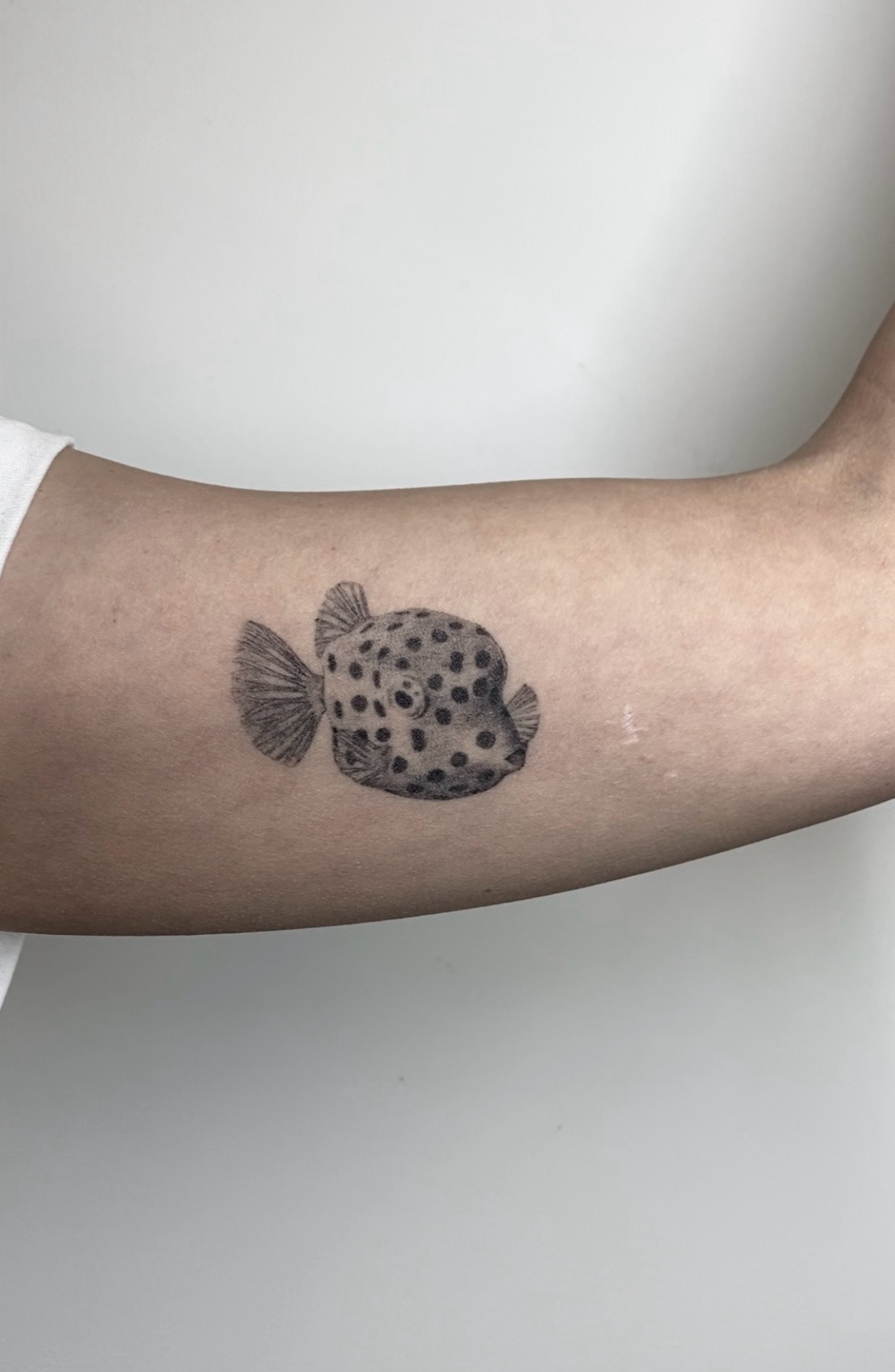
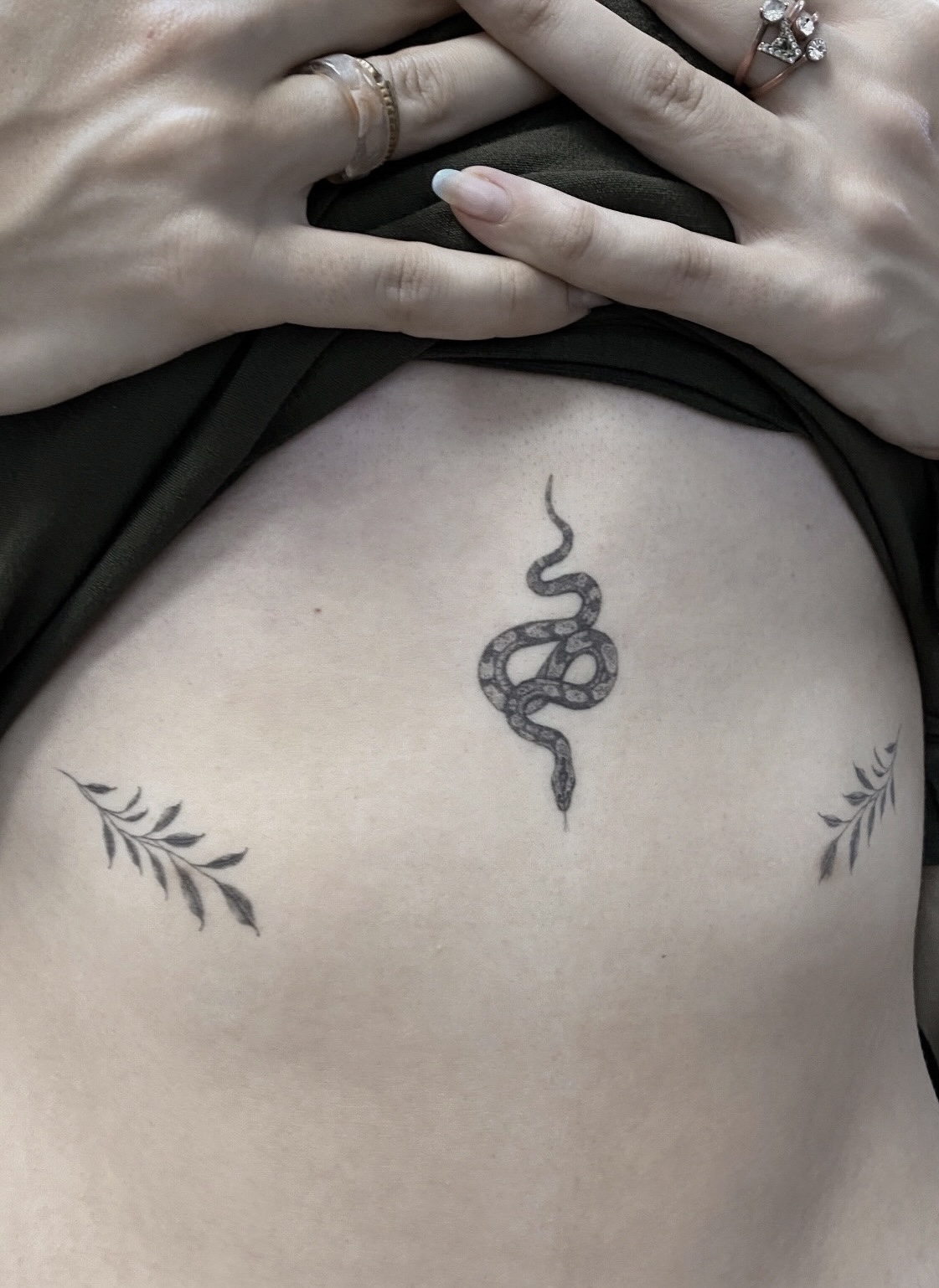
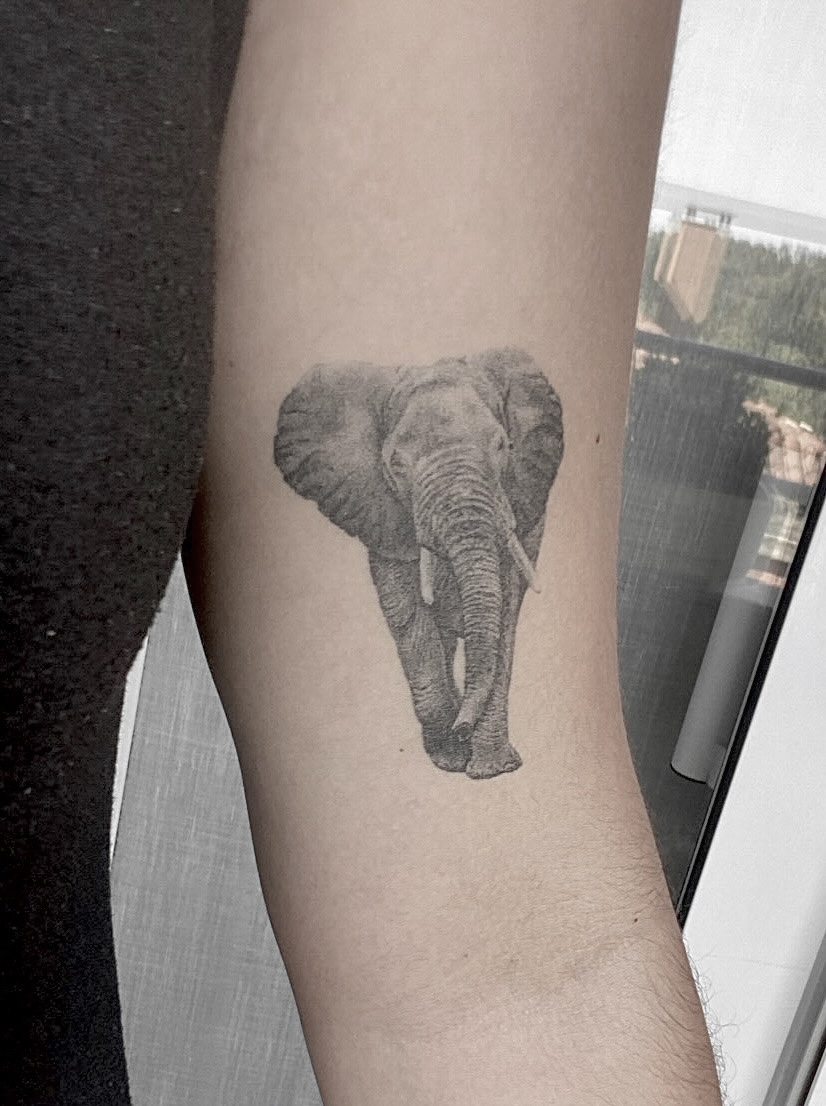
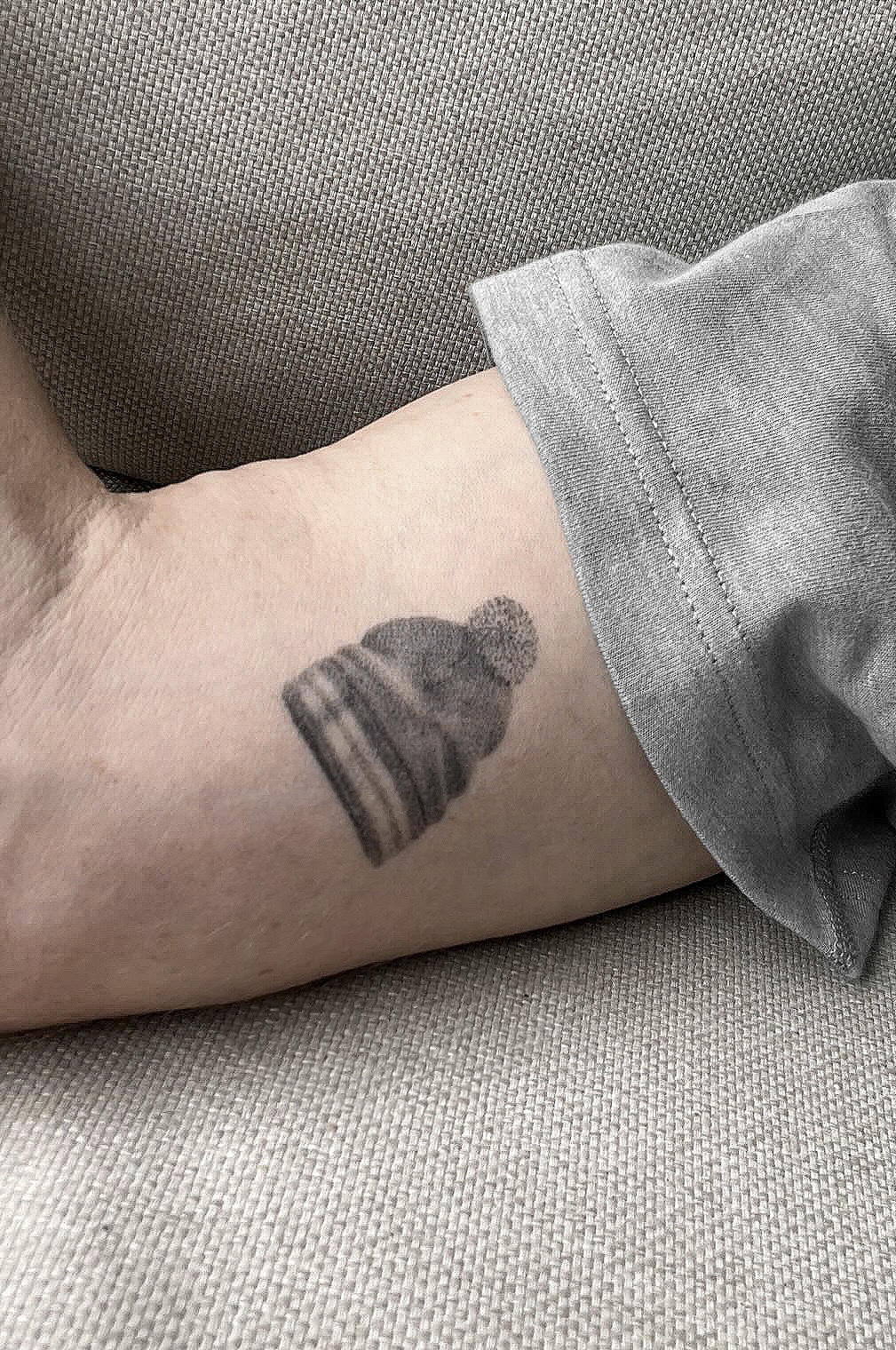
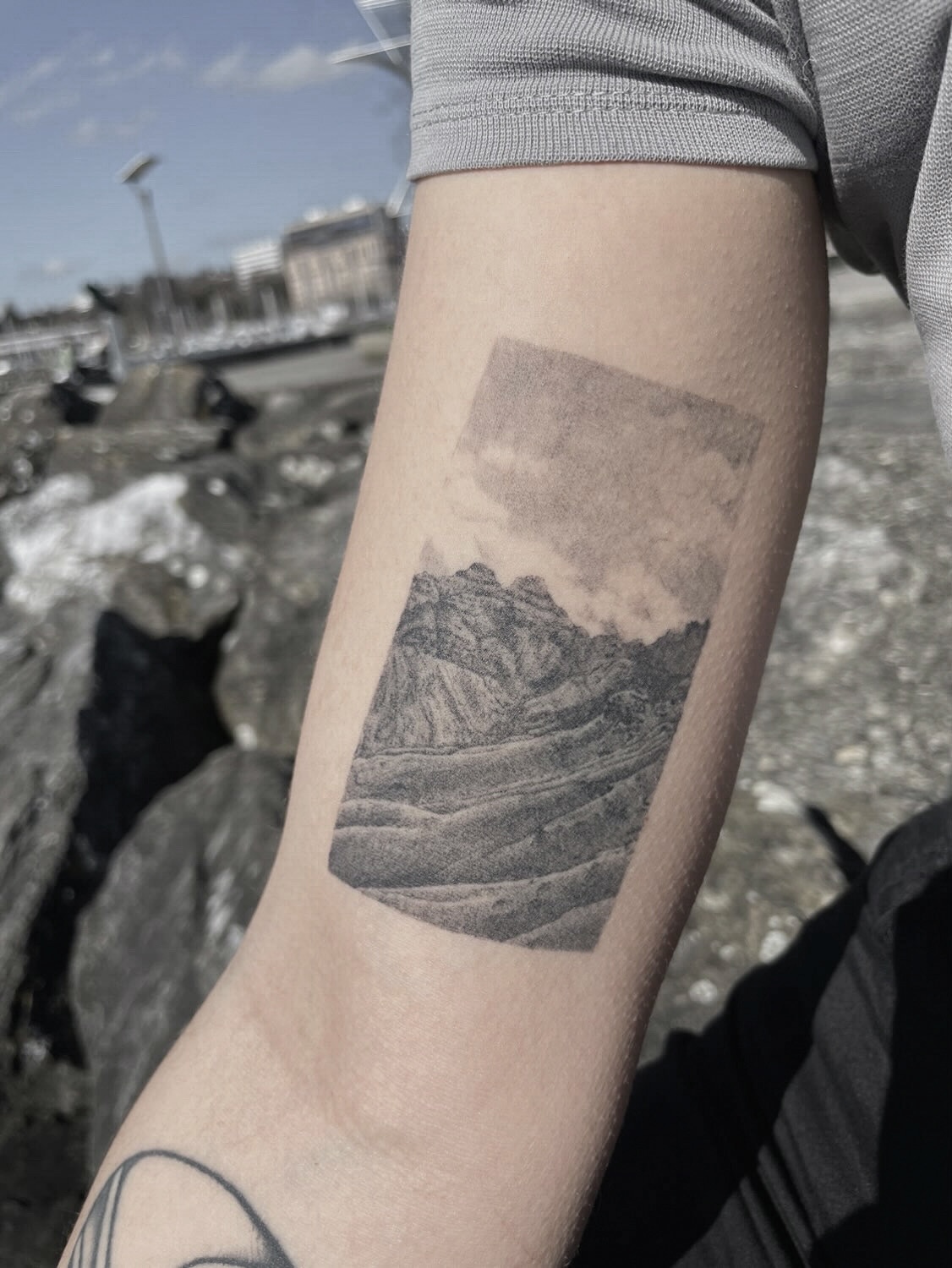
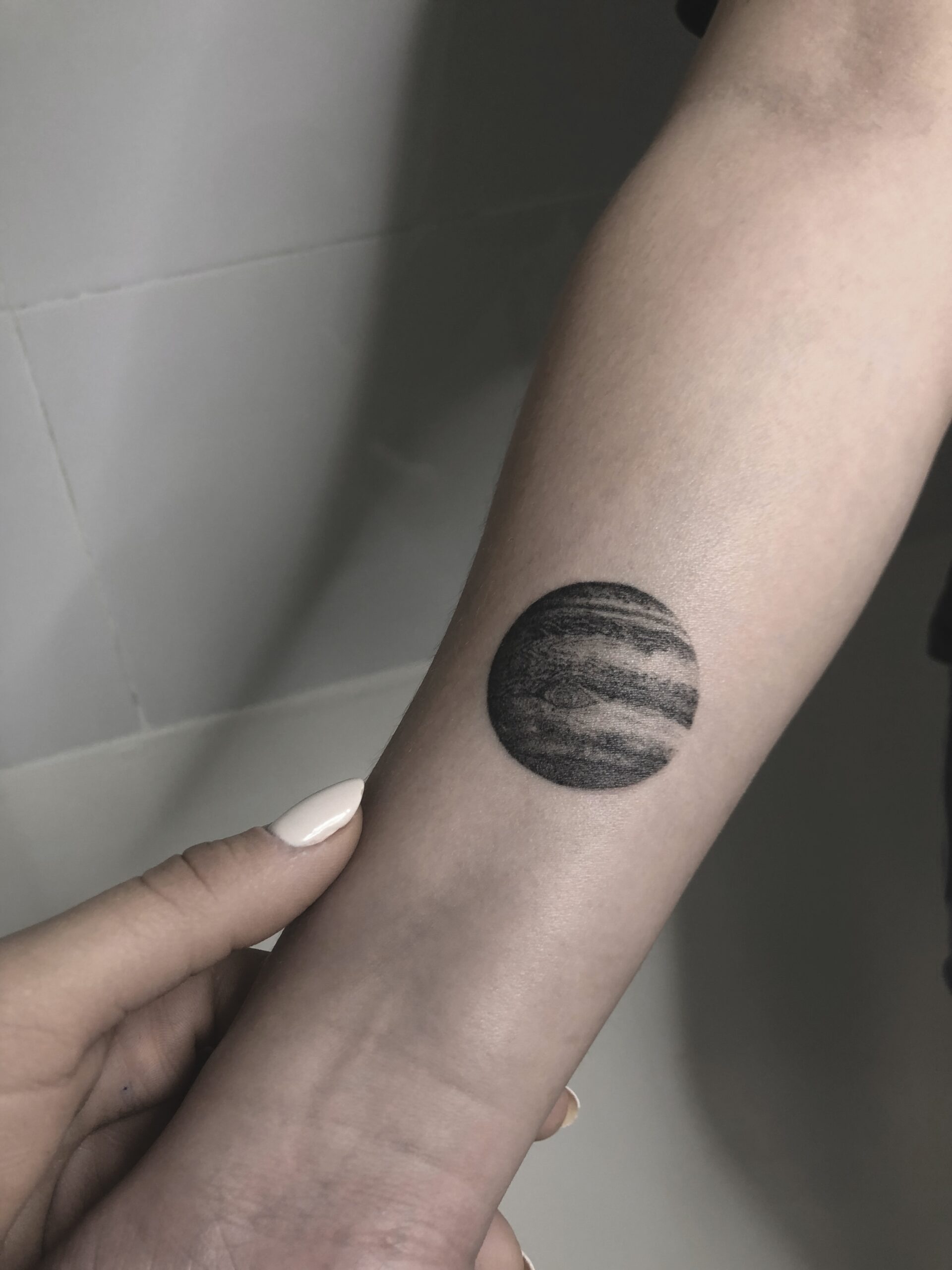
Re/touches
All tattoos lose some ink during the healing process, which is normal. However, in the case of fine line and micro-realism tattoos, this may be more noticeable because less ink is used. That’s why when you get tattooed by me, the first touch-up is free, ensuring an optimal result if the tattoo needs it.
If you believe your tattoo needs a touch-up, send me a photograph so I can assess it. If necessary, we will schedule an appointment. Remember that tattoos, while healing, will appear more grayish rather than black, as your skin covers the ink during the healing process, making it visible under the epidermis.
*If the provided aftercare instructions haven’t been followed and the tattoo has been exposed to the sun, beach, pool, excessive sweating, friction, etc., the touch-up will not be free. A personalized evaluation will be made for each case.
*Certain areas of the body are more prone to rejecting ink due to the skin’s regeneration speed. If a touch-up is needed in these areas, it will need to be paid for; however, the client will be informed in advance about these areas before the tattoo is done. These areas are: feet, hands, elbows, and knees.

